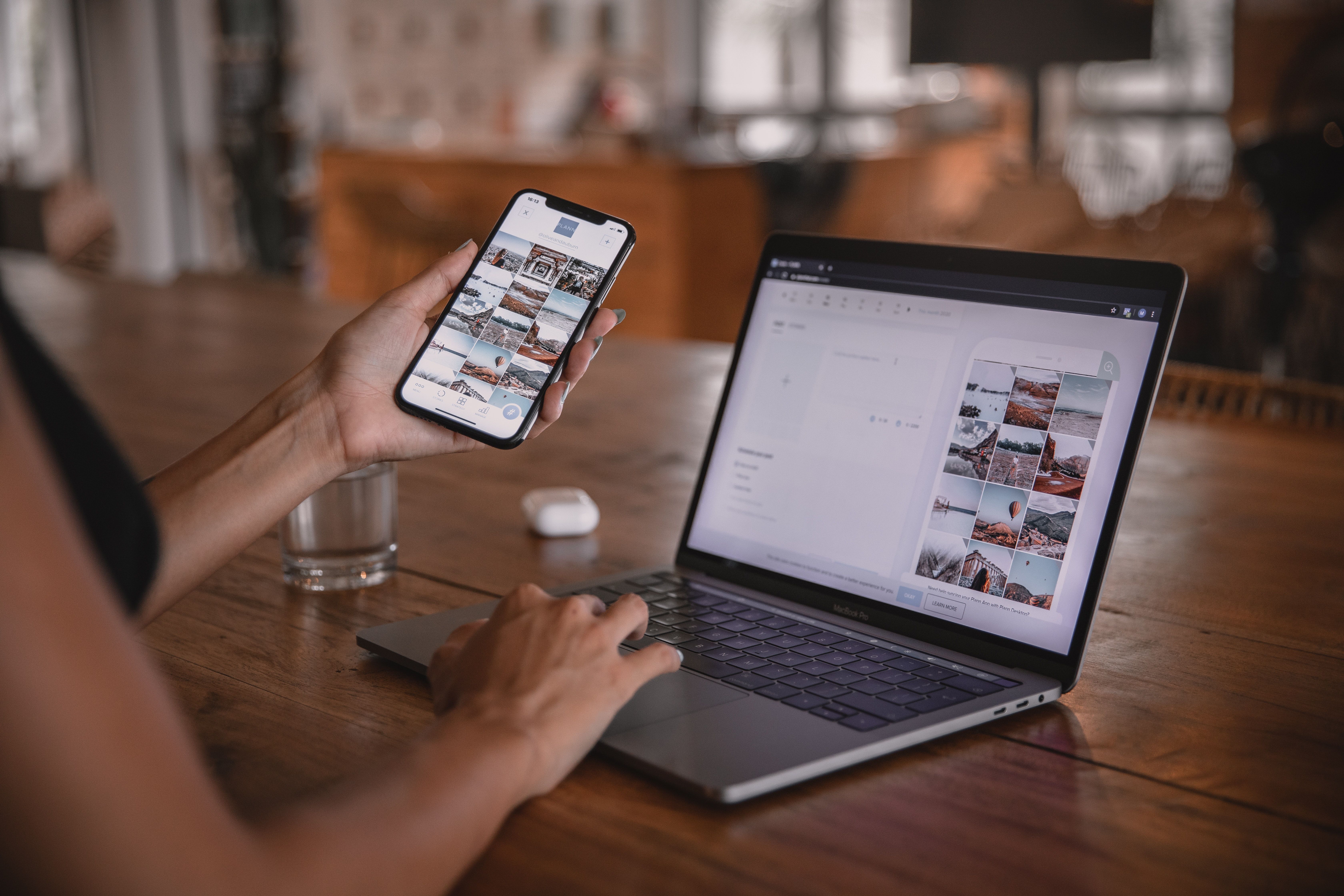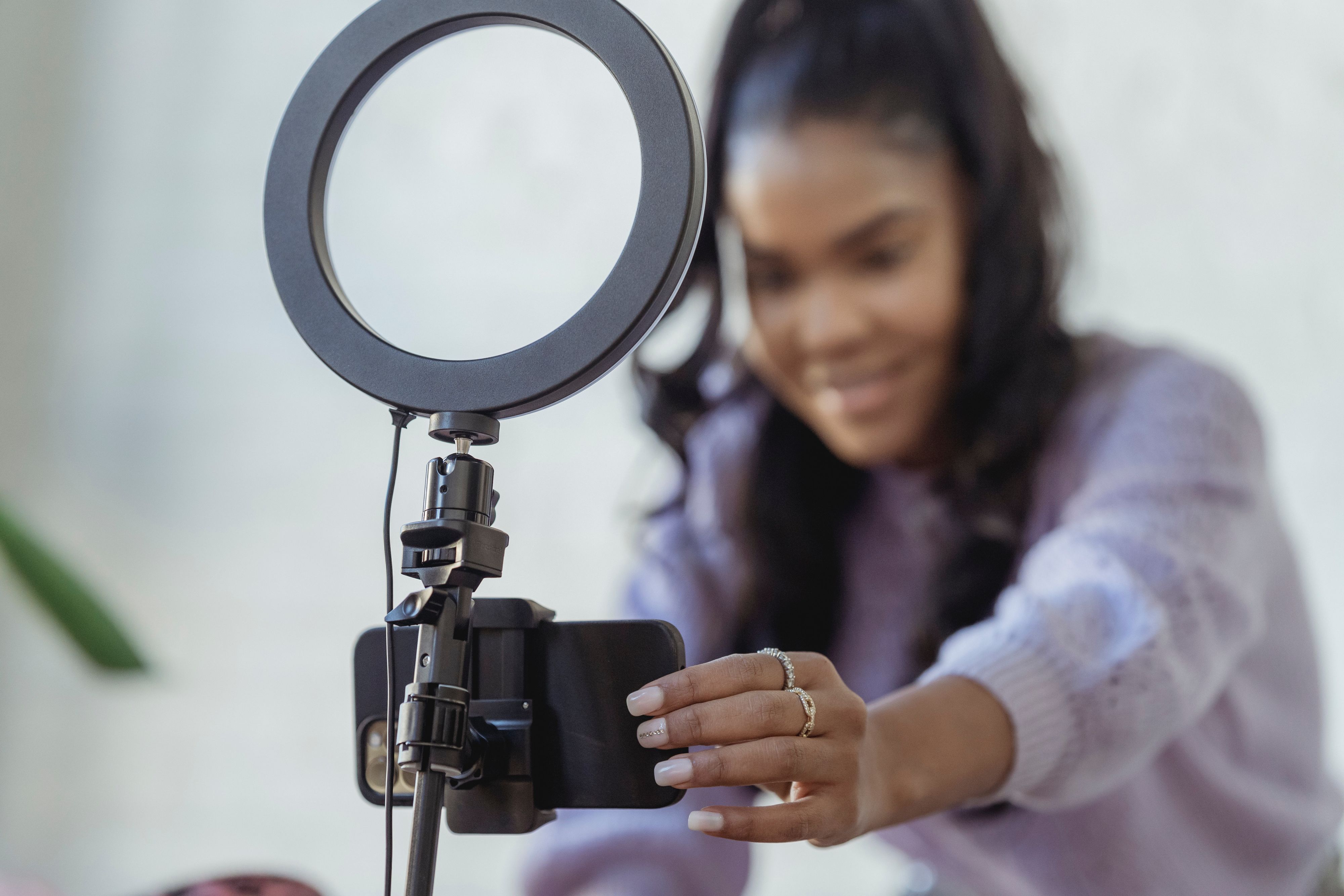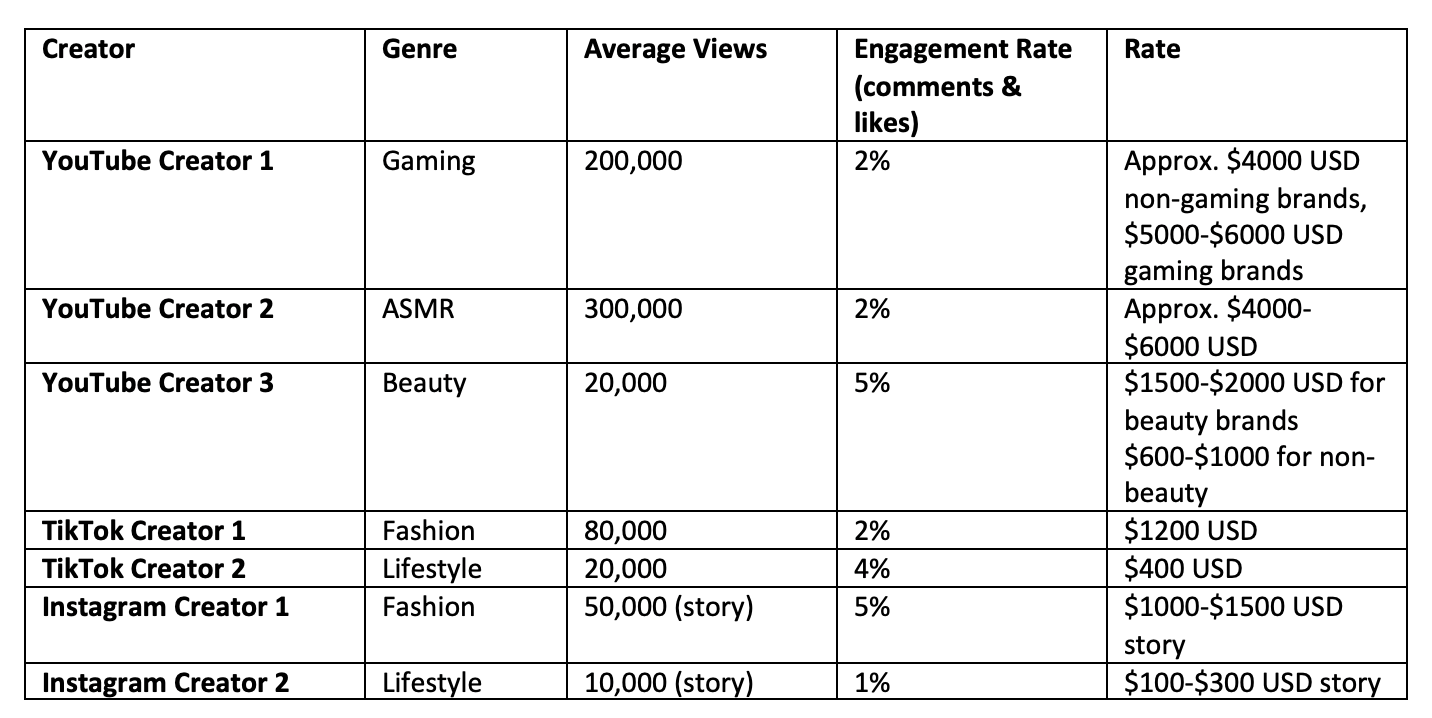

Spend on influencer marketing has steadily increased year on year and the 2022 Influencer Marketing Report by collabstr estimates the total spend in 2022 to be around $15 billion. For many companies, a huge chunk of their marketing budget is now allocated to influencer marketing, brands are hiring for positions dedicated to influencer marketing, more and more marketing agencies and influencer management companies are popping up and increasing numbers of creators are collaborating on sponsored campaigns. The industry is at an all-time high. But how can you, as a creator, tap into this market and make the most of influencer marketing? We have compiled several key points that you need to consider to understand how to set your rates.
You may be wondering, are you over-priced? Under-priced? Are you being paid your true worth? It can be challenging to set rates, especially when starting out. Plus, when you’re directed to multiple influencer agency sites with ‘rate calculators’ giving you random and unrealistic rates, it can be very confusing. To calculate your rate, we’ll look at the following: Views, CPM, Audience, Type of Content and Engagement. It’s important to note that the number of subscribers or followers is irrelevant when it comes to paid campaigns. Brands are not paying for your subscribers, they’re paying for your reach and influence.
 Influencer Making Content
Influencer Making ContentWhat does CPM mean when it comes influencer marketing? The CPM is the cost per mille which is the amount a brand will pay for every 1000 impressions on their ad. The CPM method is used regularly by brands when they are working with an influencer for the first time. If you are a YouTuber for example, brands will pay on average $20 CPM. To calculate your rate, you take your average views over the past 30 days multiple by $20 CPM and divide by 1000. If you receive on average 100,000 views per video, you’d expect to earn around $2000 USD per 60 second integration. The CPM a brand will pay can vary based on budget, your audience, type of content and your engagement. For example, if you are a beauty influencer and a beauty brand wants to work with you then they may pay a CPM of $50 USD because they know your audience enjoys beauty products and are more likely to reach their target audience. You’d therefore be able to charge $5000 USD for 100,000 views.
It's important to remember all brands have a target audience. If their target audience is US based men and your audience is only 30% US and 50% male, then they’re not going to be able to offer you a high rate because they’re only reaching a fraction of their intended audience. Similarly, if you achieve 100,000 views but you only have 50 comments and 500 likes then your engagement rate would be considered low, and a brand may not offer a $20 CPM. Working with a creator for the first time is a risk to the brand as they’re taking a gamble on how well your audience will resonate with their product. The more engaged your audience is, the more likely they’ll trust your judgement and make a purchase with the brand.
Now, you may be thinking, ‘even if my audience doesn’t buy the product, the brand is still getting reach and impressions so therefore I should still be paid my worth?’. Technically you are right that the brand is still achieving publicity from being featured on your channel, however, brands can advertise directly to their target audience on Facebook, Instagram and Google for around $5 CPM. So why should they pay an extra $15 CPM to advertise with you if you don’t have influence and can’t bring them more sales? Influence is key and is particularly important for securing repeat campaign deals.
To help you work out what your ‘perfect’ rate is, see the below table, using example creators across YouTube, Instagram and TikTok. Remember, calculate your CPM using the average $20 CPM rate and then adjust according to the genre your content is in and your engagement rate.
 Table 1: Example Rates for YouTube, Instagram & TikTok
Table 1: Example Rates for YouTube, Instagram & TikTokIn April 2022, our team visited New York City and were guests at the Influencer Marketing Show US where we were able to learn from industry leaders about the changing marketing world and where influencer marketing is heading. The biggest concern was influencer rates. Influencer rates are constantly increasing without reason and brands are having difficulty securing campaigns at such high prices. Unfortunately, this has led to influencer marketing budgets not being used up and in turn will lead to less influencer marketing budget being allocated in the years to come. Our concern is if prices continue to rise, there will be fewer social media campaigns and the influencer marketing industry will be in decline. We hope that by educating creators on realistic rate expectations, we’ll stop the decline in social media campaigns and ensure we make the most of available influencer marketing budgets. RBI are heading to the Influencer Marketing Show London in October, and we hope to bring you more insight into the marketing trends that have dominated 2022 so far.
Here at RBI, we are both a digital marketing agency and an influencer management agency, offering services from campaign creation to influencer representation. We’re also run by influencers (not just what our name stands for), so who better to advise you on sponsored campaigns than influencers themselves? If you want some help setting your rates or want to see how we can work together (whether an influencer or brand), please reach out using the contact form and a member of our team will be in touch shortly.